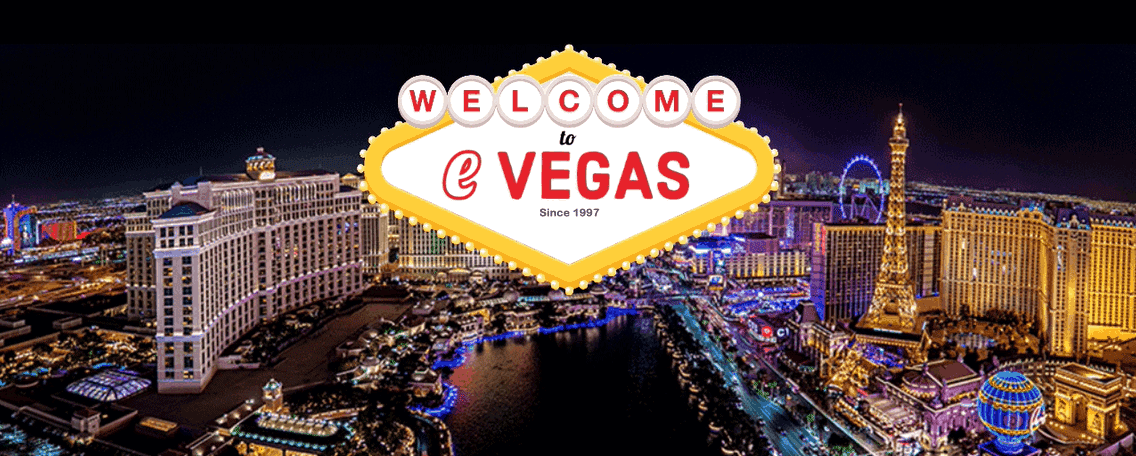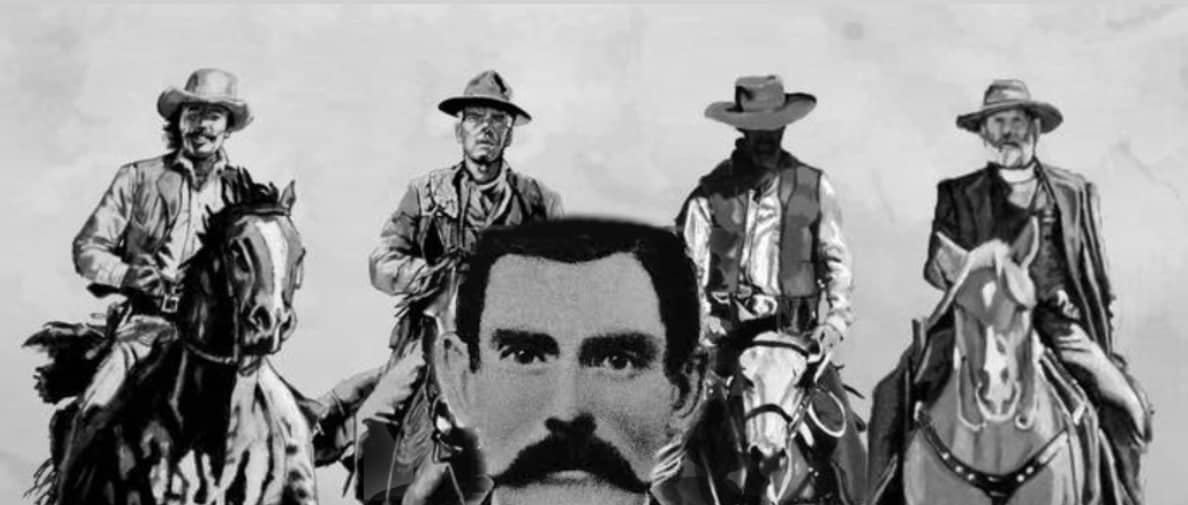
Doc Holliday: The Infamous Gunslinger 1878
Doc Holliday was a famous gambler. He was known for his skill with cards and his ability to win big. He was also a skilled gunfighter, and he was involved in several shootouts during his lifetime.
Doc Holliday’s connection to Las Vegas is that he spent some time there in the late 1870s. He was friends with Wyatt Earp, who was also a gambler and a gunfighter. In 1879, Holliday and Earp traveled to Las Vegas, New Mexico, where they stayed for a few months. During their time in Las Vegas, they gambled and got into some trouble.
Holliday never returned to Las Vegas after he left in 1879. However, he is still remembered as one of the city’s most famous early residents. There is even a statue of him in Las Vegas, near the Fremont Street Experience.
Here are some other facts about Doc Holliday’s gambling:
He was known for his skill with cards, especially poker.
He was also known for his ability to bluff, and he often won big by betting when he didn’t have a good hand.
He was a high-stakes gambler, and he often played for large sums of money.
He was also known for his gambling debts, and he was often in trouble with creditors.
Doc Holliday’s gambling was a major part of his life, and it helped to make him a legend. He was a skilled gambler who was willing to take risks, and he often won big. However, his gambling also led to trouble, and he died young from tuberculosis.
The Infamous Gunfight at the O.K. Corral: A Clash of Factions and Frontier Justice
The Gunfight at the O.K. Corral, an iconic event in American history, epitomizes the tumultuous nature of the Wild West. Taking place on October 26, 1881, in the dusty town of Tombstone, Arizona, this violent confrontation forever etched the names of Doc Holliday, the Earp brothers, and the “Cowboys” into the annals of frontier lore.
Escalating Tensions and Ongoing Conflicts
The backdrop for this showdown was a town brimming with tension and simmering disputes. On one side stood the Earp faction: Wyatt Earp, a former lawman, and his brothers Morgan and Virgil, both serving as law enforcement officers. On the other side loomed the “Cowboys,” a loose coalition of cattle rustlers, gamblers, and outlaws who often operated on the fringes of legality.
Control and Territory: A Catalyst for Conflict
The clash between these two factions was fueled by a complex web of factors, including control over various illegal activities, economic interests, and personal rivalries. The Earps were determined to establish law and order, while the Cowboys resisted such efforts, striving to protect their autonomy and maintain their illicit enterprises. The volatile mix of personalities and ambitions set the stage for a dramatic confrontation.
The O.K. Corral: Setting the Scene
The fateful encounter occurred near the O.K. Corral, a narrow and unassuming vacant lot that served as the backdrop for the confrontation. It was here that the paths of these rival factions would intersect, culminating in a brief yet intense exchange of gunfire.
The Standoff and Chaotic Exchange
As the tension reached its breaking point, the Earp brothers—Morgan, Virgil, and Wyatt—alongside their close friend and ally, Doc Holliday, confronted several members of the Cowboys, including Ike and Billy Clanton, and Tom and Frank McLaury. The scene was charged with apprehension and hostility, with both sides acutely aware that violence was imminent.
The 30-Second Fury
In a matter of seconds that felt like an eternity, the situation escalated from verbal confrontation to gunfire. The resulting clash was a whirlwind of chaos and smoke, punctuated by the thunderous roar of gunfire. When the smoke cleared, three members of the Cowboys—Billy Clanton and the McLaury brothers—lay dead, their lives cut short by the unforgiving bullets of their opponents. Virgil and Morgan Earp were wounded, and Doc Holliday himself bore the scars of battle.
Aftermath and Legacy
The aftermath of the gunfight was as complex and contentious as the confrontation itself. Legal proceedings, public opinion, and ongoing tensions further heightened the drama. The Gunfight at the O.K. Corral crystallized the harsh reality of frontier justice—a world where conflicts could be settled with swift and violent actions, often leaving tragedy and vendettas in their wake.
Symbolizing the Wild West
The Gunfight at the O.K. Corral has transcended its historical context to become a symbol of the Wild West’s chaotic and lawless nature. It encapsulates the collision of law enforcement, outlaws, and personal vendettas in a landscape defined by rugged individualism and the pursuit of opportunity. The gunfight serves as a lens through which we glimpse the raw, unvarnished spirit of the frontier era.
In the end, the Gunfight at the O.K. Corral remains a testament to the complexities of justice, the fragile nature of order, and the indelible mark of violence on the American frontier. The names of Doc Holliday, the Earp brothers, and the “Cowboys” continue to echo through time, serving as a reminder of an era defined by its contradictions, confrontations, and the pursuit of a different kind of freedom.
Doc Holliday, a name synonymous with the American Wild West, was a figure of intrigue, known for his dual roles as a skilled dentist and a deadly gunfighter. His exploits and antics extended beyond the infamous shootout at the O.K. Corral, reaching into various frontier towns, including Las Vegas.
A Dual Identity: Dentist and Gambler
John Henry “Doc” Holliday was a man of contrasts. Trained as a dentist, he held a degree in dentistry from the Pennsylvania College of Dental Surgery. However, he found himself drawn to a life of gambling, which often took precedence over his dental practice. This dual identity defined his unique persona and set the stage for his interactions in various towns, including Las Vegas.
The Gambling Saloons
In the late 1800s, Las Vegas was a growing town known for its bustling saloons and gambling establishments. These venues offered a mix of chance, entertainment, and camaraderie that drew Holliday’s interest. He was known to frequent such establishments, engaging in poker games and other games of chance while enjoying the atmosphere of the frontier.
A Reputation for Quick Temper and Dueling Skills
Holliday’s reputation as a skilled gunfighter was not confined to a single town. His quick temper and expertise with firearms led to several confrontations, some of which escalated into deadly duels. While there may not be specific accounts of gunfights involving Holliday in Las Vegas, his general reputation as a deadly shot and his penchant for conflict added an air of tension wherever he went.
A Larger-Than-Life Legacy
Despite his relatively brief lifespan, Doc Holliday’s legacy looms large in Western lore. His association with the Earp brothers, particularly Wyatt Earp, and his involvement in the Gunfight at the O.K. Corral have cemented his place in history. While his antics in Las Vegas might not be as extensively documented as those in other towns, his presence serves as a reminder of the complex and often contradictory nature of individuals who inhabited the American frontier.
Contributions to Western Mythos
Doc Holliday’s story has been romanticized and mythologized in literature, movies, and popular culture. His duality as a dentist and a gunfighter, along with his wanderings through frontier towns like Las Vegas, continues to captivate the imagination of people fascinated by the Old West. His legacy reminds us of the larger-than-life characters who shaped the history and legends of that era.
In conclusion, while specific details of Doc Holliday’s antics in Las Vegas might be less documented, his persona as a dentist, gambler, and gunfighter left an indelible mark on the town’s history. His visits to Las Vegas, however intermittent, added to the allure of the frontier atmosphere that characterized the town during his time.
A Glimpse into the Frontier Lifestyle
Doc Holliday’s presence in Las Vegas offers a glimpse into the colourful and multifaceted lifestyle of the American frontier. The town’s reputation as an entertainment hub attracted individuals from various walks of life, and Holliday’s blend of skills and interests made him a fitting participant in this dynamic environment. His visits to Las Vegas underscore the fluidity and diversity of roles that individuals assumed in pursuit of opportunity and excitement.
The Allure of Chance and Risk
Las Vegas, like many other frontier towns, was a place where risk and chance ruled the day. The allure of gambling, the excitement of card games, and the potential for both gain and loss were powerful draws for individuals like Holliday. His willingness to embrace risk and uncertainty mirrored the broader spirit of the frontier, where people ventured into the unknown with the hope of reaping rewards.
A Larger Cultural Landscape
The life and legacy of Doc Holliday contribute to the broader cultural landscape that romanticizes the Old West. His escapades, whether in Las Vegas or elsewhere, echo the themes of adventure, lawlessness, and the struggle for survival that defined the era. Holliday’s interactions with the town’s inhabitants and his involvement in its entertainment scene serve as microcosmic examples of the interactions between larger-than-life figures and the communities they inhabited.
Inspiring Imagination and Curiosity
While precise details of Doc Holliday’s time in Las Vegas might be limited, his mere presence adds an element of intrigue and curiosity to the town’s history. The gaps in documentation and the shroud of mystery surrounding his activities allow room for speculation, exploration, and storytelling. The lack of concrete information invites historians, enthusiasts, and storytellers to weave their own narratives, breathing life into the past and encouraging further research into the town’s history.
A Symbol of Frontier Freedom
Doc Holliday’s journey, from dentist to gambler to gunfighter, epitomizes the concept of personal reinvention on the frontier. His ability to shift between different roles and environments showcases the freedom and autonomy that characterized life in the West. His adventures in Las Vegas serve as a microcosm of this larger narrative, where individuals could carve their own paths and pursue their desires in a rapidly changing world.
Continuing Legacy
Doc Holliday’s legacy, including his intermittent presence in Las Vegas, resonates beyond historical records. The town’s history, intertwined with the stories of various frontier figures, adds depth to its identity. The tales of the past, whether fully documented or existing in the realm of speculation, contribute to the rich tapestry of stories that continue to captivate modern audiences and keep the spirit of the Old West alive.
More Las Vegas History
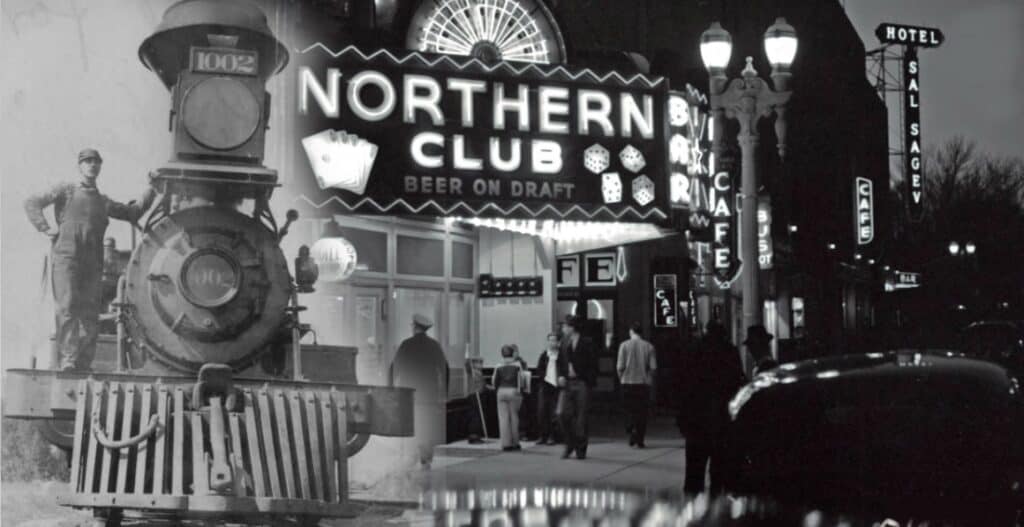
Las Vegas History: Railroad Development Paved the Way for Las Vegas to Become the Gambling Capital of the World
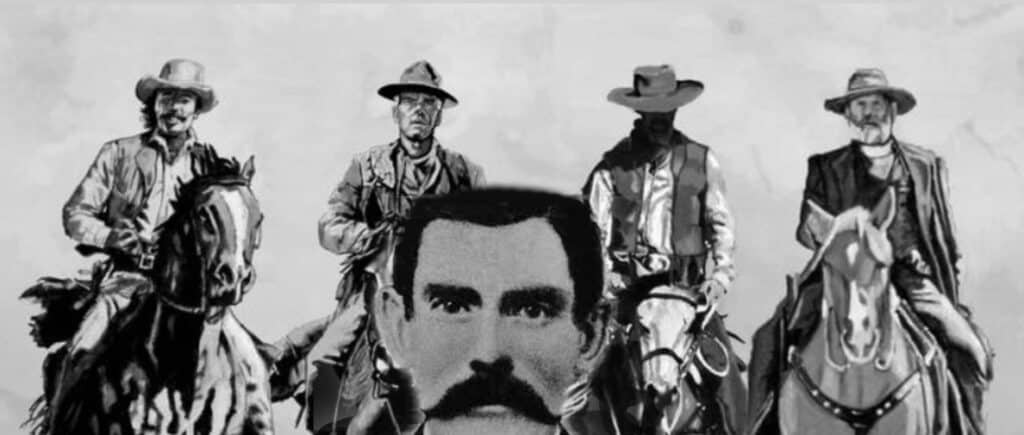
Las Vegas History: Doc Holliday Famous Gambler Gunslinger and Resident of Las Vegas
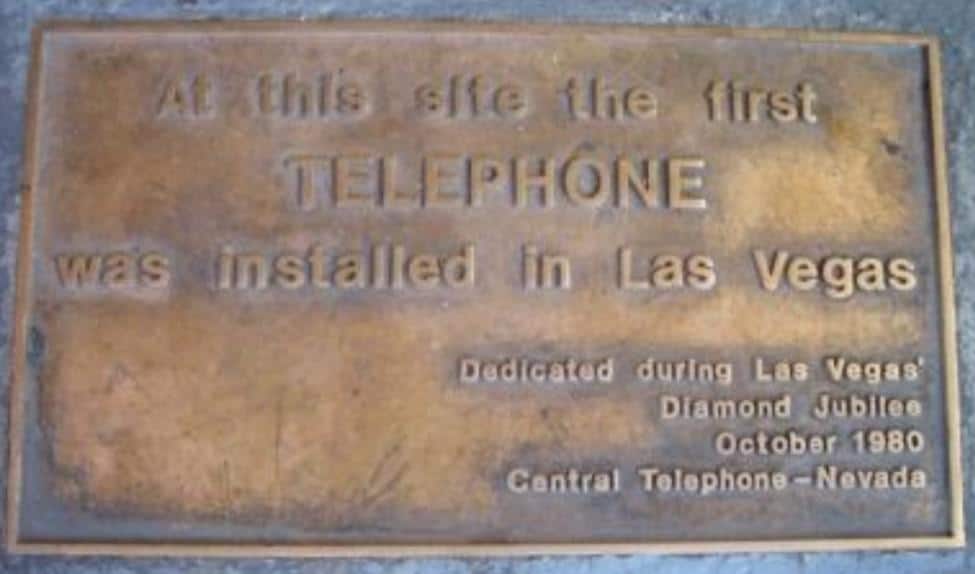
Las Vegas History: How Las Vegas’ First Telephone Exchange Made Bugsy Siegel’s Race Wire Possible

Las Vegas History: The Official Naming of Las Vegas 1905
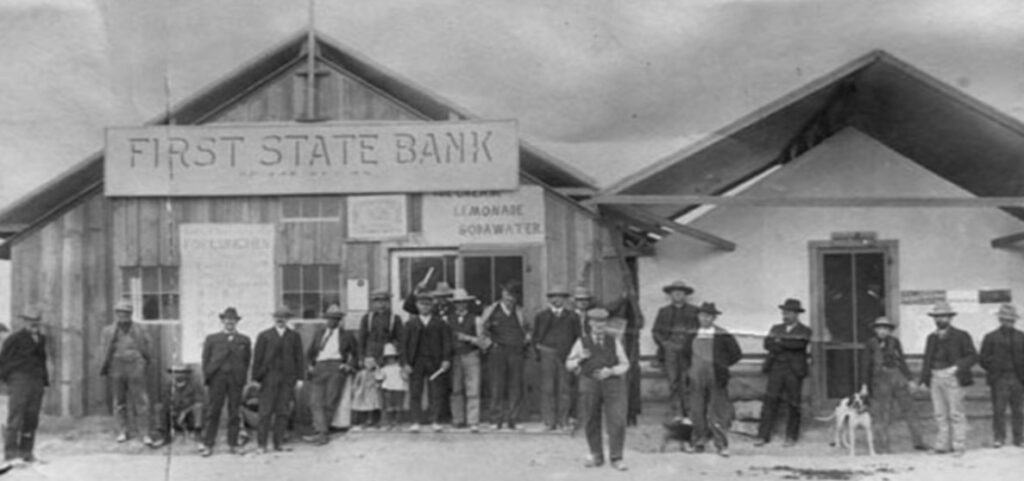
Las Vegas History: 1864 Las Vegas The Impact of Nevada Statehood
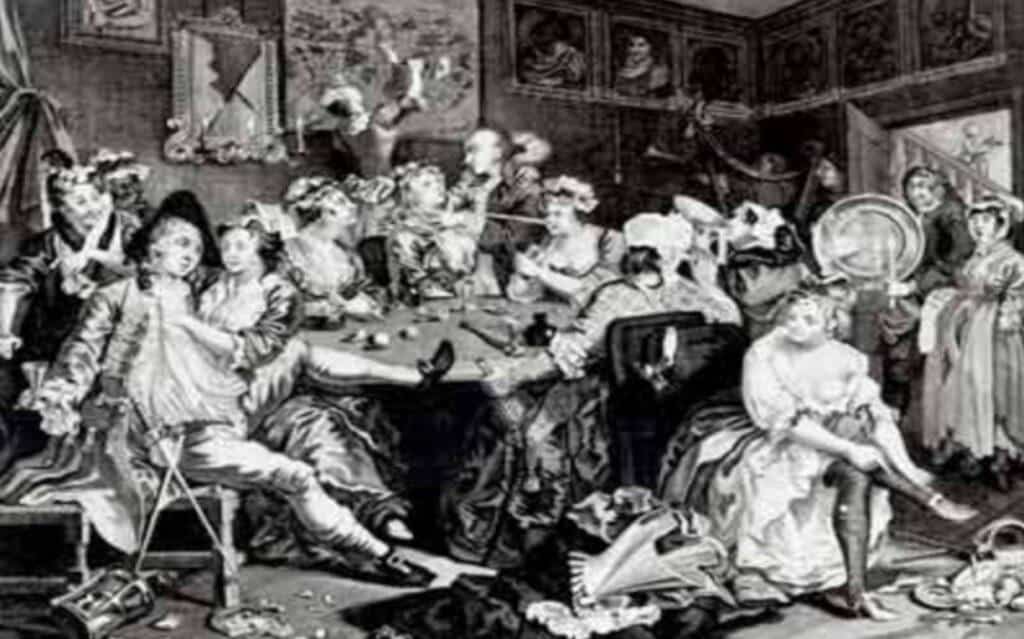
Las Vegas History: Las Vegas and It’s Vices in the 1850s
Frequently Asked Questions (FAQs)
1. Did Doc Holliday spend a significant amount of time in Las Vegas?
Doc Holliday spent some time in Las Vegas in the late 1870s. He visited with Wyatt Earp, his friend and fellow gambler, in 1879.
2. What was Doc Holliday known for in addition to being a gunfighter?
Doc Holliday was a skilled dentist, but he gained fame for his prowess as a gambler, particularly in card games like poker.
3. Are there specific accounts of Doc Holliday’s gambling activities in Las Vegas?
While specific details about his activities in Las Vegas are less documented, Holliday was known to frequent gambling establishments in the town.
4. Was Doc Holliday involved in any gunfights in Las Vegas?
There are no specific accounts of gunfights involving Doc Holliday in Las Vegas. However, his general reputation as a skilled gunfighter added tension to his presence.
5. What was the significance of the O.K. Corral gunfight, and how was Doc Holliday involved?
The Gunfight at the O.K. Corral in Tombstone, Arizona, in 1881 involved the Earp brothers and Doc Holliday against a group of outlaws known as the Cowboys. Holliday played a prominent role in the confrontation.
6. Is there a statue of Doc Holliday in Las Vegas?
Yes, there is a statue of Doc Holliday in Las Vegas, located near the Fremont Street Experience.
7. What dual roles did Doc Holliday play in his life?
Doc Holliday was both a dentist and a gambler. His dual identity contributed to his unique persona.
8. How did Doc Holliday contribute to the allure of chance and risk in Las Vegas?
Holliday’s willingness to engage in high-stakes gambling mirrored the risk and chance that characterized frontier towns like Las Vegas.
9. Did Doc Holliday’s time in Las Vegas contribute to the larger cultural landscape of the Old West?
Yes, his interactions in Las Vegas contribute to the broader cultural narrative that romanticizes the Old West, emphasizing adventure, lawlessness, and personal reinvention.
10. What is the legacy of Doc Holliday in Las Vegas and the Old West?
Doc Holliday’s legacy, including his intermittent presence in Las Vegas, adds to the town’s historical tapestry. His story symbolizes the freedom and autonomy of the frontier era, continuing to captivate modern audiences.
